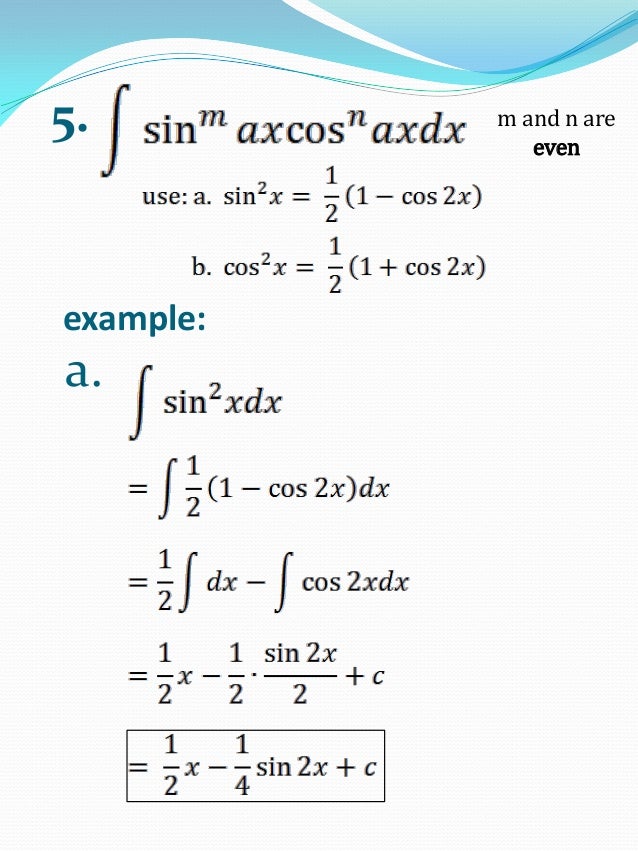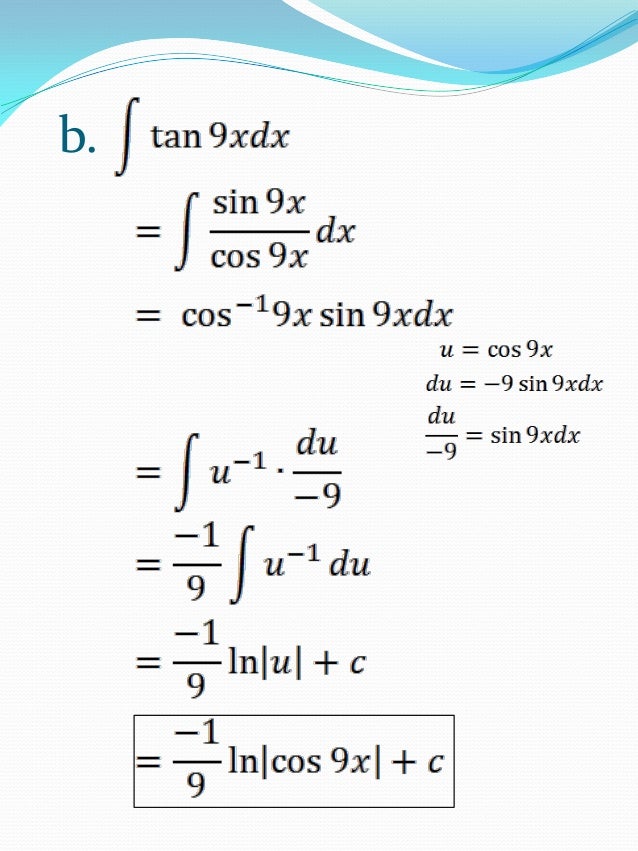

INTEGRAL CALCULUS SERIES
Series - Index.Ĭomplex Analysis and Dynamical Systems ] : New Trends and Open Problems / / edited by Mark Agranovsky, Anatoly Golberg, Fiana Jacobzon, David Shoikhet, Lawrence ZalcmanĬham :, : Springer International Publishing :, : Imprint : Birkhäuser,, 2018ġ online resource (373 pages) : color illustrations Applications of Limits and Derivatives - 6. Springer Undergraduate Texts in Mathematics and Technology TreimanĬham :, : Springer International Publishing :, : Imprint : Springer,, 2014ġ online resource (IX, 399 p. in color.)ġ.Basic Properties of Holomorphic Functions - 2.Conformal and Quasi-conformal Mappings - 3.Function Theoretic Function spaces - 4.Operator Calculus - 5.Decompositions - 6.Some First Order Systems of Partial Differential Equations - 7.Boundary Value Problems of Second Order Partial Differential Equations - 8.Some Initial-boundary Value Problems - 9.Riemann-Hilbert Problems - 10.Initial Boundary Value Problems on the Sphere - 11.Fourier Transforms - Bibliography - Index.Ĭalculus with Vectors /] / by Jay S.

Preface - Spherical harmonics and Fourier transform - Dunkl operators associated with reflection groups - h-Harmonics and analysis on the sphere - Littlewood–Paley theory and the multiplier theorem - Sharp Jackson and sharp Marchaud inequalities - Dunkl transform - Multiplier theorems for the Dunkl transform - Bibliography.Īpplication of holomorphic functions in two and higher dimensions /] / by Klaus Gürlebeck, Klaus Habetha, Wolfgang Sprößigīasel :, : Springer Basel :, : Imprint : Birkhäuser,, 2016ġ online resource (XV, 390 p. Integral Transforms, Operational Calculus So you'll see me using that notation in upcoming lessons.Analysis on h-Harmonics and Dunkl Transforms /] / by Feng Dai, Yuan Xu edited by Sergey Tikhonovīasel :, : Springer Basel :, : Imprint : Birkhäuser,, 2015Īdvanced Courses in Mathematics - CRM Barcelona
INTEGRAL CALCULUS PLUS
So sometimes people will write in a set of brackets, write the anti-derivative that they're going to use for x squared plus 1 and then put the limits of integration, the 0 and the 2, right here, and then just evaluate as we did. When you're using the fundamental theorem of Calculus, you often want a place to put the anti-derivatives. This is the exact value for the area under that curve and we got it using just a couple of calculations, the anti-derivative evaluated at 2 minus the anti-derivative evaluated at 0. 2 is 6 thirds so this is 14 thirds or about 4 and 2 thirds. So this is going to be our be our answer. Now capital f of 2 is one third of 2 cubed, one third of 2 cubed plus 2 minus capital f of 0 one third of 0 cubed plus 0. So this is going to equal capital f of 2 minus capital f of 0. So I need to evaluate this anti-derivative at 2 and then evaluate it at 0 and subtract. You can use any anti-derivative, it doesn't matter and that's why most people will choose to use the anti-derivative with a +0 here. Now it's also true that one third x cubed plus x plus 1 is an anti-derivative of x squared plus 1.

I need an anti-derivative for it and an anti-derivative would be capital f of x equals one third x cubed plus x. In this integral from 0 to 2, this is my little f of x.

So this is the integral I'm going to solve. That would be the integral from 0 to 2 of x squared plus 1 dx. So the exact area equals the definite integral of this function from 0 to 2. Says find the exact area under y=x squared plus 1 from x=0 to x=2. So let's see how that works out in an example. So you can evaluate a definite integral exactly using an anti-derivative and just evaluating it and subtracting. This b is the same as this b, this a is the same as this a. So again capital F is an anti-derivative of this inside function. If f is a continuous function and capital F is an anti-derivative of little f then the definite integral from a to b of little f of x dx is capital F of b minus capital F of a. I need to introduce a very important topic, "The Fundamental Theorem of Calculus." Here's the theorem right here.


 0 kommentar(er)
0 kommentar(er)
